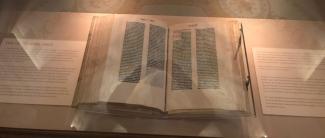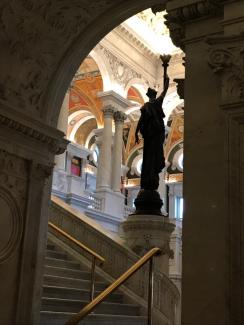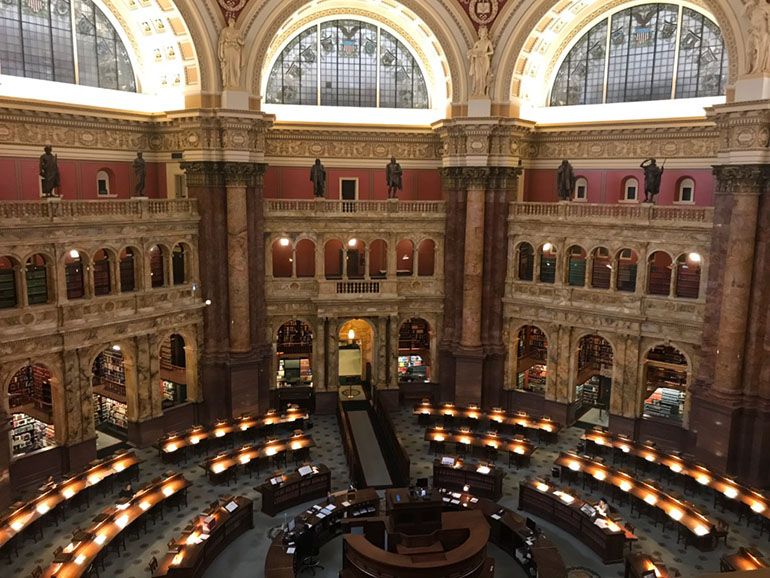With an eye firmly on the future, as we begin to develop a funding strategy and strategic plan for post-2019, I accepted an invitation to address the annual meeting of the Global Consortium for Sustainability Outcomes (GCSO) in
Washington, DC on 22nd February. This international consortium of universities that organise their research and teaching agendas around sustainability was established in 2016 under leadership of Arizona State University, which provides its small secretariat. The consortium currently has ten members, the others being King’s College London, (UK), Dublin City University (Ireland), Leuphana University of Lüneburg and Karlsruhe Institute of Technology (Germany), Portland State University, (USA), Universidad Nacional Autónoma de México and Technólogia de Monterrey (Mexico), Hong Kong University of Science and Technology, and Hong Kong City University.

GCSO wanted to hear about the work of Mistra Urban Futures in view of their perception that our approaches to transdisciplinary co-production would resonate widely, especially in those members with strong urban research focus. They were also keen to learn about how Chalmers is using its matrix structure and the Areas of Advance to focus on the SDGs, and hope that the University will consider joining in the future.
My presentation was very well received and generated considerable interest and discussion, even among non-urbanists. Indeed, Leuphana has one of Europe’s leading clusters of transdisciplinary co-production specialists, and fortuitously, one of them (whom I know and is involved in the INTREPID EU COST Action co-ordinated by our Board Member, Olivia Bina) represented that university. Informal discussions were also very productive and provided useful leads to explore. The dinner that evening was addressed by the Head of international and tribal relations of the US Environmental Protection Agency, who explained the challenges of maintaining key activities under the current regime.

The following day commenced with a fascinating guided tour of the Library of Congress’s magnificent Thomas Jefferson Building, built directly opposite the Capitol in the Beaux Arts style and opened in 1897. Among its treasures is one of only three complete three-volume copies of the Gutenberg Bible printed on vellum and still in perfect condition. Thereafter I held an extremely useful meeting with one of the new senior urban specialists in the Global Unit of the World Bank, who attended our Networking Event at WUF9 in Kuala Lumpur and with whom – in his previous position at the New School – I shared a platform in our book launch event at Habitat III in October 2016. Understanding how the Bank’s urban work is being organised following the recent restructuring was helpful, not least in terms of exploring issues of mutual interest. I also visited the Sustainable Cities team at the World Resources Institute, a leading international environmental think tank headquartered in DC. This was another contact made at WUF9. and we agreed to commence immediate information exchanges and to explore potential collaborations on events and initiatives.
Finally, I had a long discussion with Carl Mossfeldt, our new Board member currently based in DC, about our priorities and approach to preparations for post-2019, issues which will feature prominently in next month’s Board meeting agenda.
